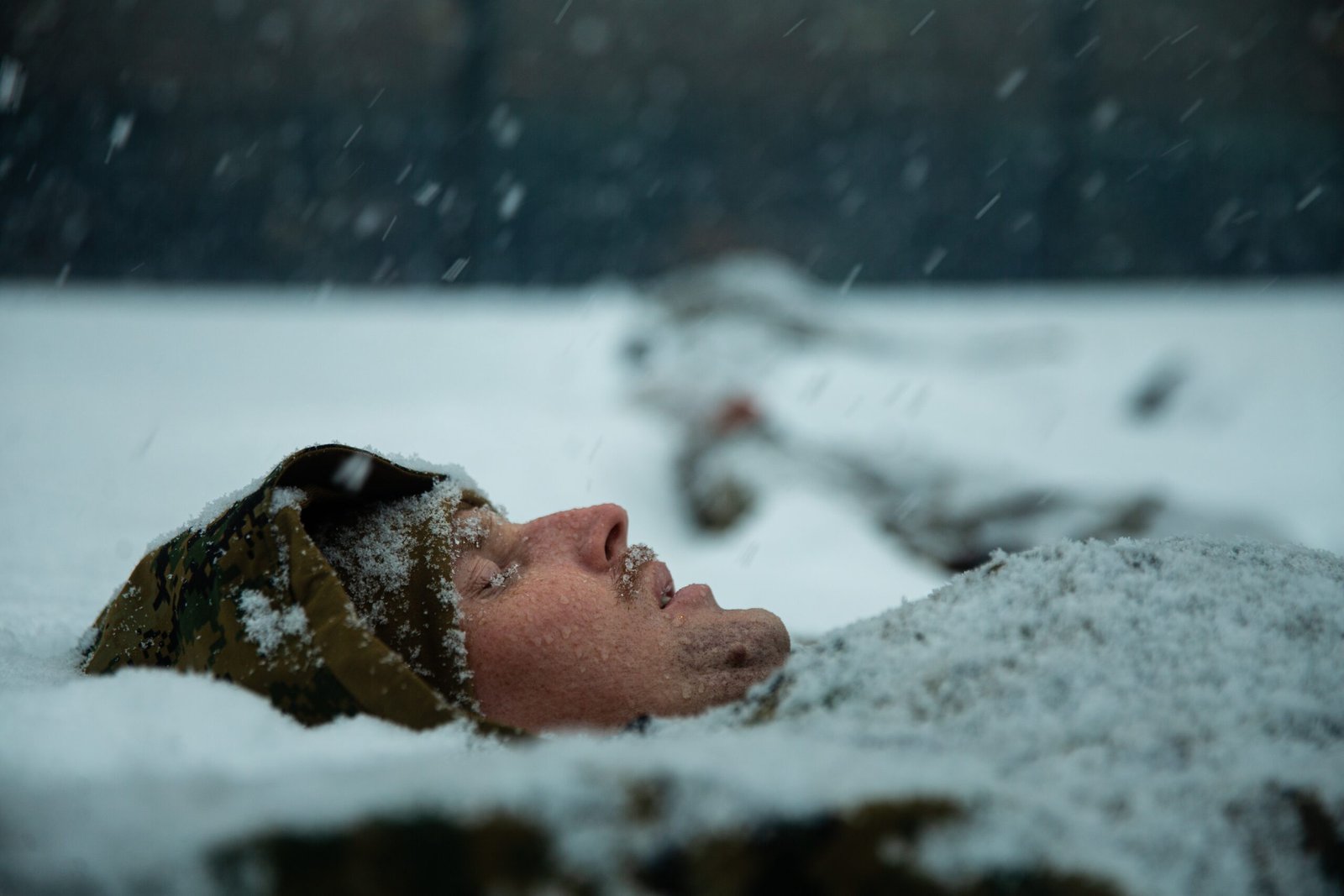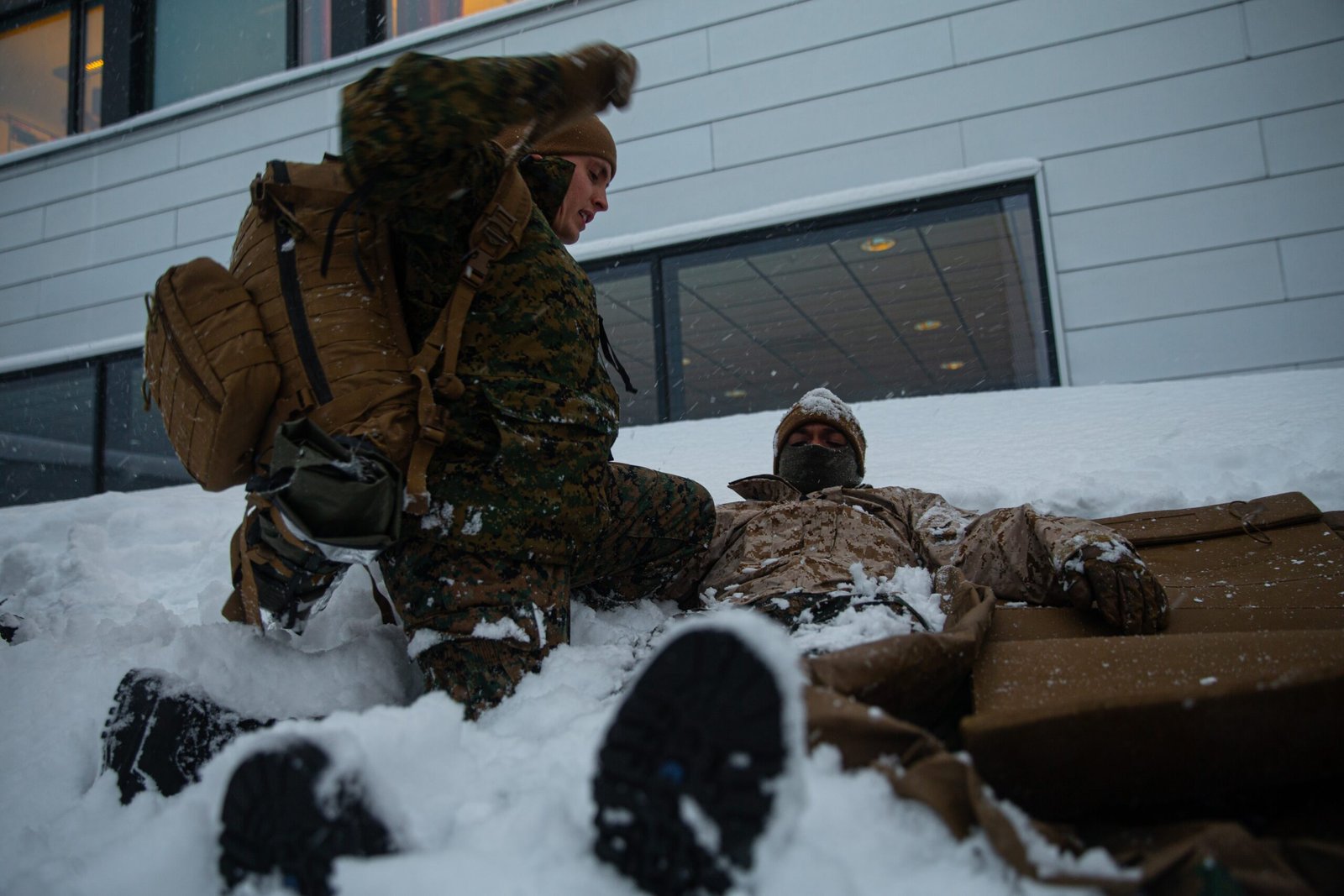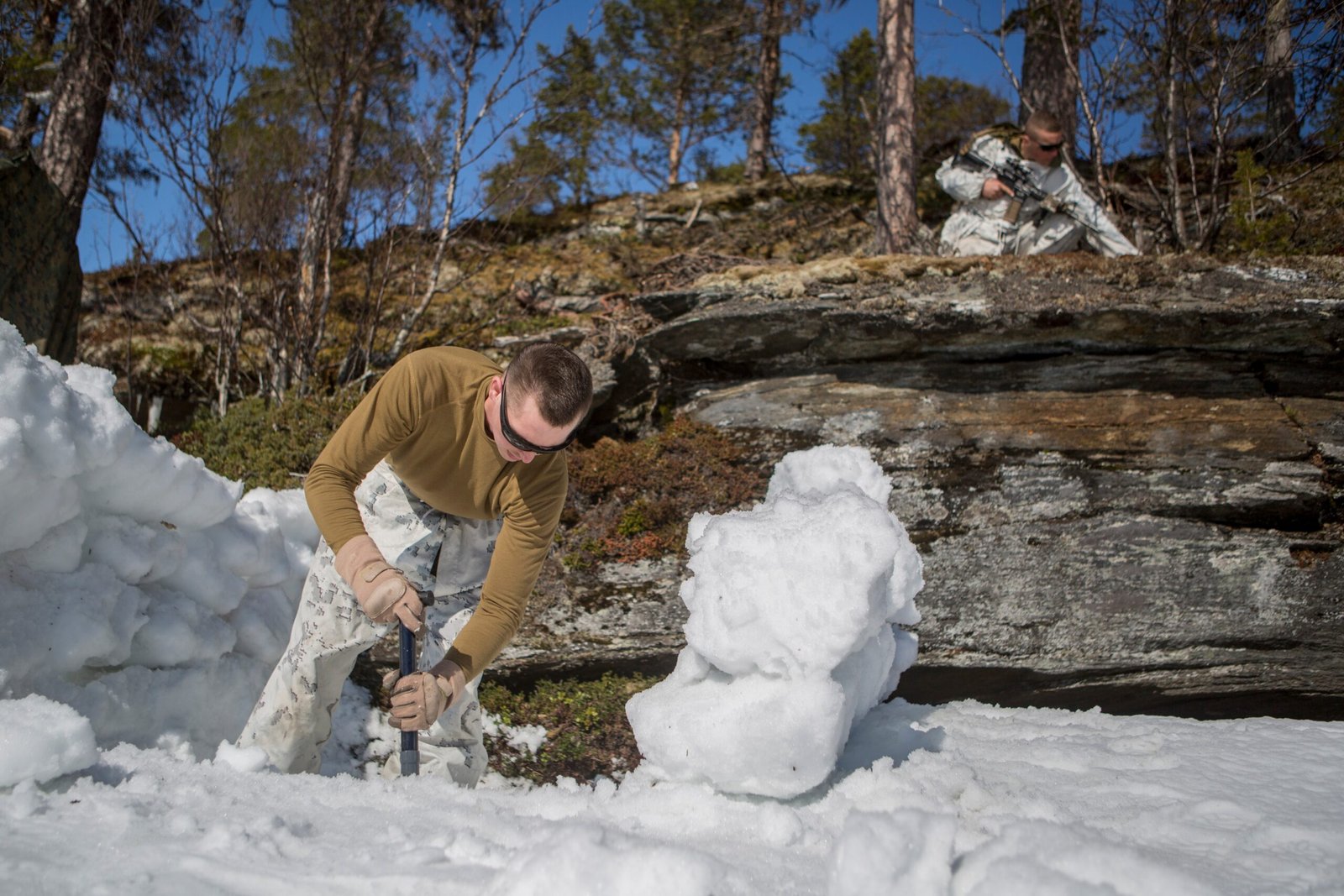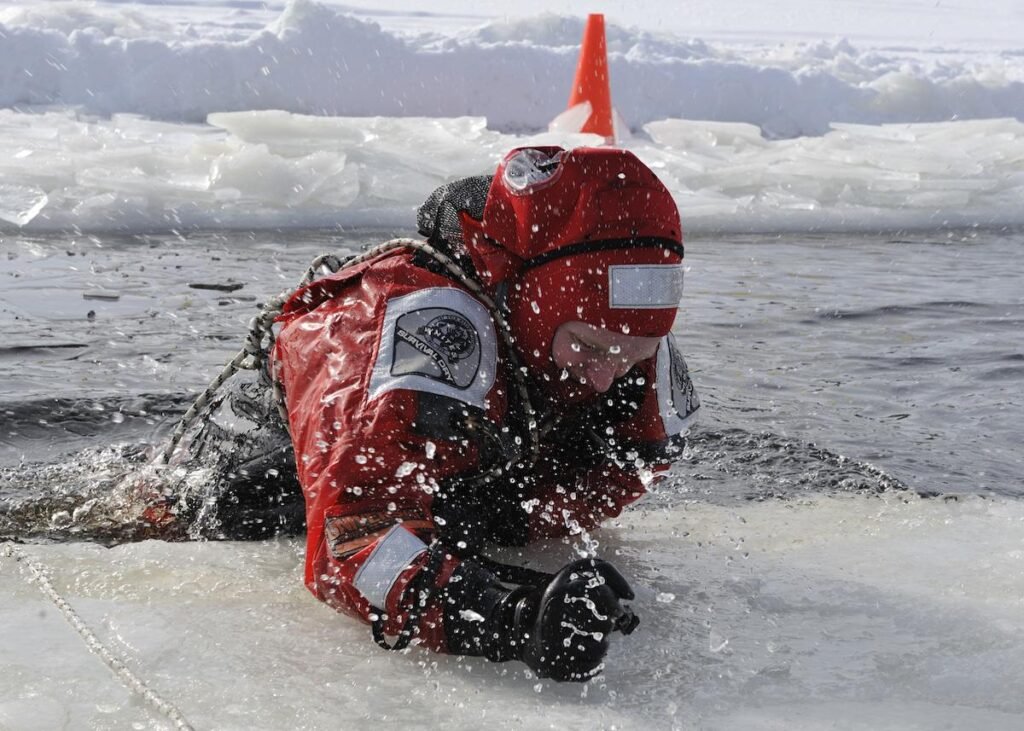In the realm of the extraordinary, there exists a phenomenon that defies logic and stretches the boundaries of human resilience. This is the story of the “Frozen Alive Syndrome,” a rare yet astonishing occurrence where individuals survive extreme hypothermia and seemingly return to life. Imagine a scenario where a person is found lifeless in frigid conditions, only to be miraculously revived. This article delves into the science and stories behind these incredible recoveries, capturing the awe of nature’s resilience and the marvels of medical intervention.
Understanding Hypothermia: The Body’s Icy Challenge

Hypothermia occurs when the body’s core temperature drops below the necessary level for normal metabolism and bodily functions. Typically, this is less than 95 degrees Fahrenheit (35 degrees Celsius). The human body is a finely-tuned machine, constantly striving to maintain its temperature. However, prolonged exposure to cold environments can overwhelm this balance. As the body cools, the heart rate slows, breathing becomes shallow, and eventually, consciousness fades. It’s a perilous dance with death, where the line between life and oblivion becomes dangerously thin.
The Science of Survival: How Bodies Adapt

When hypothermia sets in, the body initiates a series of defense mechanisms. Blood vessels constrict to conserve heat, prioritizing vital organs. This is akin to a ship sealing off compartments to prevent sinking. As the body cools, metabolism slows, reducing the need for oxygen and energy. In extreme cases, this slowdown can lead to a state resembling death, a phenomenon often referred to as “metabolic icebox.” It’s this unique state that sometimes allows for miraculous recoveries, as the body preserves itself until help arrives.
The Role of Cold in Preservation
The idea that cold can preserve life isn’t new. Ancient civilizations understood that cold environments slowed decay, using ice to store food. Similarly, in medicine, hypothermia is sometimes induced during surgeries to protect vital organs. The cold slows cellular processes, reducing damage and extending survival time. In the context of extreme hypothermia, this preservation effect can buy crucial time for intervention. It’s a testament to the paradoxical nature of cold: a force that can both threaten and save life.
Real-Life Miracles: Tales of Survival
Numerous stories highlight the resilience of the human body. Take the case of Anna Bågenholm, a Swedish radiologist who fell into an icy river, her body temperature plummeting to 56.7°F (13.7°C). Found lifeless, she was revived after hours of meticulous medical care. Or consider Justin Smith, who was declared clinically dead after a night in sub-zero temperatures, only to be revived with no lasting complications. These stories are not just medical curiosities but profound reminders of the human spirit’s endurance.
The Medical Marvel: Rewarming Techniques

Reviving a hypothermia victim is no small feat. Medical teams employ a range of techniques to gradually rewarm the body, from external warming blankets to more invasive procedures like extracorporeal membrane oxygenation (ECMO). This process involves circulating the patient’s blood through an external machine to gently raise its temperature. The precision of these techniques is crucial, as rewarming too quickly can lead to dangerous complications, akin to trying to thaw a frozen pipe too hastily.
The Role of Modern Medicine and Technology

Advancements in medical technology have significantly improved outcomes for hypothermia victims. Portable devices now allow for rapid assessment of a patient’s core temperature and the extent of cold exposure. In emergency settings, these tools can make the difference between life and death. Moreover, the development of rewarming protocols has been refined, thanks to decades of research and case studies. Medicine has learned to harness the body’s natural defense mechanisms, turning potential tragedy into triumph.
Why Some Survive: The Mystery of Individual Resilience
While science explains much, the question remains: why do some individuals survive extreme hypothermia while others do not? Factors such as age, health, and even genetics may play a role. Younger individuals and those with robust cardiovascular systems seem more likely to endure the ordeal. Additionally, the initial body position and clothing can influence survival chances. It’s a complex interplay of factors, reminding us that the human body’s capabilities are both remarkable and enigmatic.
The Psychological Aspect: The Will to Live
Beyond the physiological, the psychological aspect of survival cannot be ignored. Many survivors recount a profound will to live, a mental fortitude that defies their dire circumstances. This psychological resilience is often bolstered by the support of rescuers and medical staff. In the face of adversity, the mind can become a powerful ally, driving the body to endure against all odds. This synergy between mind and body underscores the holistic nature of survival in extreme conditions.
Lessons from Nature: Animals and Hypothermia
Interestingly, the animal kingdom offers insights into hypothermia survival. Some animals enter a state of torpor, reducing their metabolic rate to survive cold conditions. Bears hibernate, while certain frogs freeze solid and then thaw with the seasons. These natural adaptations inspire medical research, offering potential strategies for human survival. The study of these creatures highlights nature’s ingenuity, providing models for developing innovative treatments for hypothermia in humans.
The Future of Hypothermia Treatment

As our understanding of hypothermia deepens, so too does the potential for developing new treatments. Future research may unlock genetic or biochemical factors that enhance cold tolerance. Moreover, the integration of artificial intelligence in emergency medicine could revolutionize how hypothermia cases are managed, providing real-time data analysis and treatment recommendations. The horizon is vast, and the pursuit of knowledge in this field promises to save countless lives.
In conclusion, the Frozen Alive Syndrome is a testament to the resilience of the human body and the boundless possibilities of medical science. It challenges our understanding of life and death, urging us to explore the fringes of human capability. As we uncover more about this extraordinary phenomenon, we are reminded of the delicate balance between nature’s wrath and its mercy, and our endless quest to navigate both.




